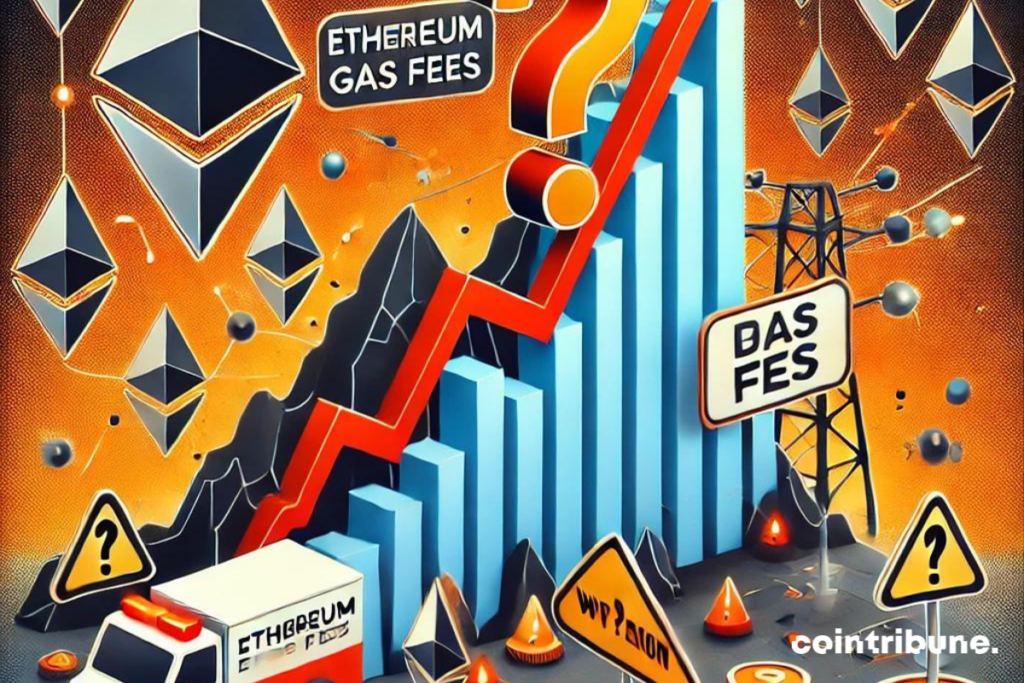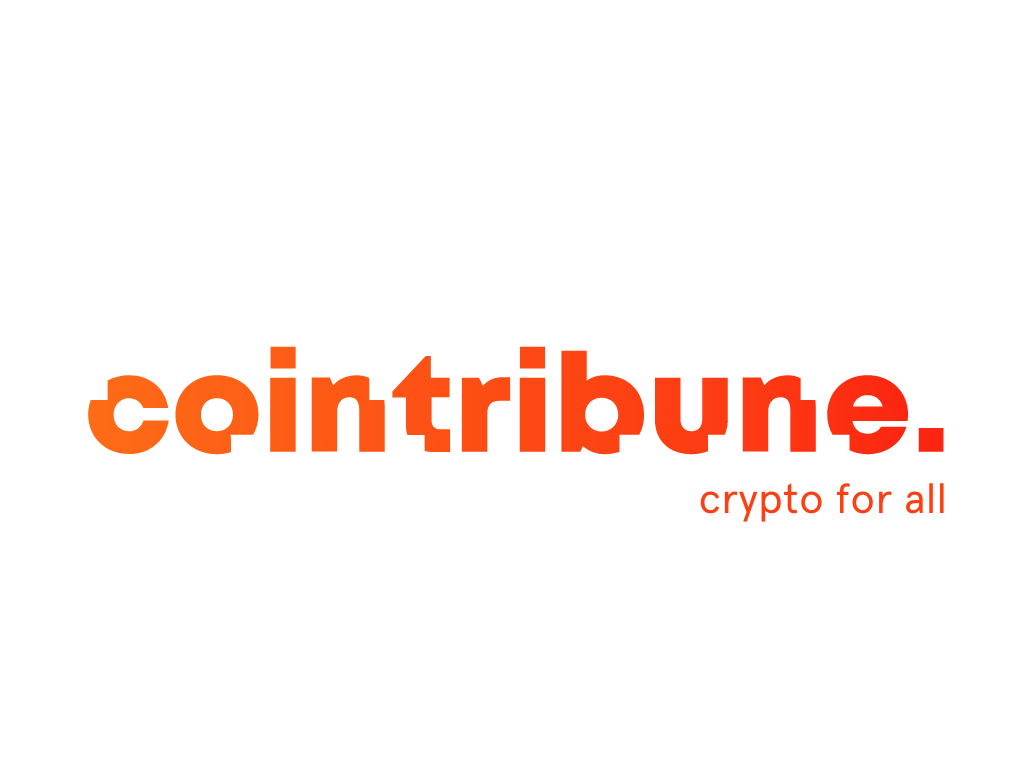Crypto: Ethereum Gas Fees Plummet, But At What Cost To The Network?
0
0
On June 30, 2024, a historic milestone was reached for Ethereum: the network recorded its lowest gas fees since 2016, a piece of news that resonates like an earthquake in the crypto ecosystem. This unexpected phenomenon occurs in a context of high transactional activity, redefining the economic dynamics of the world’s second-largest blockchain. Why this spectacular drop in gas fees, and what are the implications for the future of Ethereum and the crypto sector as a whole?

A historic drop in gas fees
So, on June 30, 2024, the Ethereum network recorded an average gas fee of 3 Gwei, or about 0.14 dollars, according to Dune Analytics data. This drastic decrease marks the lowest level since 2016, offering a sharp contrast to the exorbitant fees observed during the NFT bubble in 2021. At that time, massive demand in the NFT sector drove transaction fees to new heights, leading some analysts to question the viability of the Ethereum network and explore more affordable alternatives like Solana.
Today, despite sustained transactional activity, gas fees are surprisingly low. This situation is attributable to a series of technological improvements, including increased efficiency of the layer 1 market and the integration of layer 2 volumes. The introduction of “blob transactions” with EIP-4844 also played a crucial role in increasing the network’s scalability. These innovations have smoothed transactions while keeping costs to a minimum, a technical feat that redefines Ethereum’s capabilities.
Implications for the Ethereum ecosystem
First, this reduction in transactional costs could revitalize Ethereum’s appeal to crypto developers and users, particularly those who had migrated to more economical alternatives. By making transactions more affordable, Ethereum once again positions itself as a preferred platform for decentralized applications (dApps) and daily transactions, potentially increasing adoption and innovation on the network.
This development also has significant implications for the network’s security. Historically, high gas fees served as a protective mechanism against denial-of-service (DDoS) attacks by making attacks costly. With the decrease in fees, it is crucial that the scalability and efficiency improvements introduced by recent updates are sufficient to maintain network security against a potential increase in attacks.
From an economic perspective, the decrease in fees also means that the second-largest crypto by market capitalization is less deflationary than before. With the amount of fees burned being reduced, Ethereum’s total supply is increasing again, altering the dynamics of supply and demand in the market. This situation could influence investor perception and the long-term strategy of network stakeholders.
In conclusion, while the decrease in gas fees is positive news for users in terms of cost and accessibility, it demands continued attention to security and economic sustainability issues. The next steps for Ethereum will be to balance these different aspects while continuing to innovate to stay competitive in an increasingly saturated and demanding blockchain environment.
0
0
 Manage all your crypto, NFT and DeFi from one place
Manage all your crypto, NFT and DeFi from one placeSecurely connect the portfolio you’re using to start.







